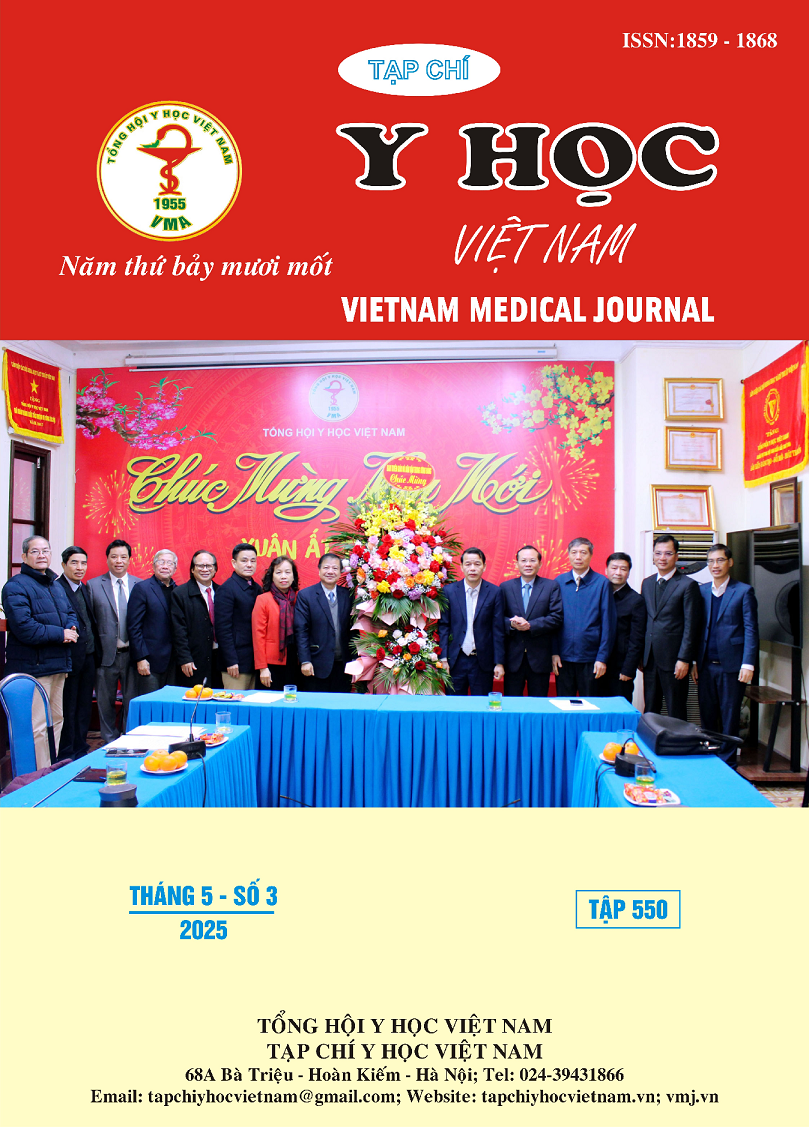ĐÁNH GIÁ ĐẶC ĐIỂM GIAO DIỆN VỚI NGÀ RĂNG CỦA XI MĂNG TRÁM BÍT ỐNG TỦY CALCIUM SILICATE: NGHIÊN CỨU IN VITRO
Nội dung chính của bài viết
Tóm tắt
Xi măng calcium silicate có khả năng phóng thích canxi hydroxit và khi tiếp xúc với phosphat từ dịch ngà sẽ tạo thành lớp giao diện giữa xi măng và ngà răng. Do đó tạo được sự liên kết hóa học giữa xi măng và thành ngà của ống tủy giúp tăng khả năng bít kín hoàn toàn hệ thống ống tủy. Do đó, nghiên cứu hiện tại nhằm đánh giá đặc điểm giao diện với ngà răng của hai loại xi măng calcium silicate tự trộn BiorootTM RCS và trộn sẵn CeraSeal. Mục tiêu: Xác định vi kẽ và mô tả đặc điểm giao diện giữa hai loại xi măng calcium silicate với ngà răng ở vùng chóp sau 90 ngày TBOT bằng kính hiển vi điện tử quét (SEM). Đối tượng và phương pháp nghiên cứu: Răng cối nhỏ hàm dưới được sửa soạn và trám bít ống tủy bằng xi măng BiorootTM RCS và CeraSeal, ngâm trong dung dịch SBF trong 90 ngày, sau đó cắt ngang chân răng và quan sát giao diện dưới kính hiển vi điện tử quét. Kết quả: Có sự hình thành lớp giao diện với ngà răng cản quang hơn và có hình thái khác với xi măng và ngà răng ở cả hai nhóm răng được trám bít bằng xi măng BiorootTM RCS và CeraSeal. Kết luận: Cả hai loại xi măng gốc calcium silicate đều có chất lượng trám bít ống tủy đủ tốt. Có sự hình thành lớp giao diện với ngà răng giúp hạn chế vi kẽ, tăng cường khả năng bám dính của vật liệu với mô răng.
Chi tiết bài viết
Từ khóa
Vi kẽ vùng chóp, lớp giao diện, xi măng trám bít ống tủy calcium silicate, Bioroot™ RCS, CeraSeal
Tài liệu tham khảo
2. Lý Nguyễn Bảo Khánh. Đặc điểm giao diện giữa xi măng calcium silicate và mô ngà răng. Y Học Thành Phố Hồ Chí Minh. 2018; 22(3), 237-242.
3. Sarkar NK, Caicedo R, Ritwik P, et al. Physicochemical basis of the biologic properties of mineral trioxide aggregate. J Endod. 2005; 31(2), 97-100. doi: 10.1097/01.don.0000133155. 04468.41.
4. Reyes-Carmona JF, Felippe MS, Felippe WT. Biomineralization ability and interaction of mineral trioxide aggregate and white portland cement with dentin in a phosphate-containing fluid. J Endod. 2009; 35(5), 731-6. doi: 10.1016/j.joen. 2009.02.011.
5. Han L, Okiji T. Uptake of calcium and silicon released from calcium silicate-based endodontic materials into root canal dentine. Int Endod J. 2011; 44(12), 1081-7. doi: 10.1111/j.1365-2591.2011.01924.x
6. Kaur M, Singh H, Dhillon JS, et al. MTA versus Biodentine: Review of Literature with a Comparative Analysis. J Clin Diagn Res. 2017; 11(8), ZG01-ZG05. doi: 10.7860/JCDR/2017/ 25840.10374.
7. Zhang W, Li Z, Peng B. Assessment of a new root canal sealer's apical sealing ability. Oral Surg Oral Med Oral Pathol Oral Radiol Endod. 2009; 107(6), e79-82. doi: 10.1016/j.tripleo.2009. 02.024
8. Kokubo T, Takadama H. How useful is SBF in predicting in vivo bone bioactivity? Biomaterials. 2006; 27(15), https://doi.org/10.1016/ j.biomaterials.2006.01.017.


